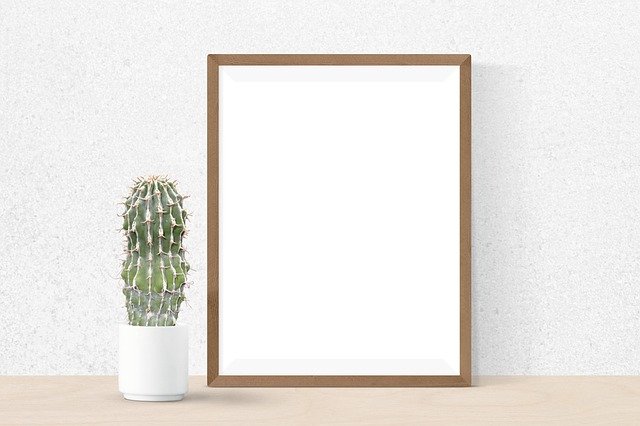Is laminated glass better than tempered glass or is it the other way around? Here is a comprehensive guide on the properties of both tempered and laminated glass. Read through to make the right choice.
A visit to the kitchen with a glance shows your glass crockery, oven with glass door, and glass cabinets. Moving towards the living room, glass coffee tables, and art pieces would be there to radiate elegance. Driving to work in a vehicle with glass windows and reaching an office with glass walls, you will find applications of glass everywhere. It’s like we are living in a world of glass (metaphorically!).
The delicate elegance of glass has always been celebrated. Due to its upscale feel, glass is a popular choice for residential as well as commercial use. Apart from the interiors, glass has also made its way into exterior architecture. In fact, whole buildings’ frames are made of glass nowadays. This is where the importance of safety and protection factors in.
By dint of advanced technology, we have achieved high safety and protection value in glass. Many shatter-free and impact-resistant variants of glass are available in the market. Of which two are used most frequently.
- Tempered glass
- Laminated glass
Both of them are commonly referred to as “safety glass” and believed to have high-protection benefits. But how to decide, which one is the better option for your specific project?
Here is a detailed comparison between the two that will help you to make the right choice.

Tempered Glass – aka toughened glass

Tempered glass, also termed toughened glass, is created by controlled thermal processes to enhance its strength.
Manufacturing Process
Glass goes through an extensive tempering process to increase its strength. The manufacturing process generally includes heating followed by a quick cooling treatment. The rapid cooling hardens the glass and boosts its durability.
The tempering process is also called air quenching in which a cut-to-size glass sheet first goes through superheating and then rapid cooling using the air jets to increase its mechanical strength.
Are you still confused that how to tell if glass is tempered or not? Visit this guide for your better deep understandings about tempered glass.
Pros
Toughened glass offers plenty of benefits. Here are some of them.
- High Safety Value
The most prominent benefit of toughened glass is its high safety value. It cannot be broken easily. In case of any breaches, it shatters in small pieces instead of sharp shards. Thus preventing any injuries or cuts.
- Strength
The production process of toughened glass is quite comprehensive. It goes through different stages of heating, compressing, and supercooling followed by some chemical processes. The resultant product is many times stronger than the float glass. Strength is the main reason why hardened glass has so many applications in our daily lives.
- Heat and Impact Resistance
Reinforced glass is four to six times stronger than annealed glass. Thus manages impact really well. It is really hard to break and resistant to high temperatures.
- Immunity to Surface Damages
Thermal processing and chemical treatments make hardened glass immune to scratches and other surface damages. It can easily prohibit the daily wear and tear thus maintaining the smooth finish for a longer time.
- Customization and Versatility
Tempered glass is available in plenty of designs, styles, shapes, and sizes. It can be customized and cut-to-size according to your individual requirements. There are a lot online mediums to buy pure quality tempered glass near you, https://www.glassgenius.com/tempered-glass is one of them.
Cons
Some shortcomings of toughened glass are as follows.
- Security Risks
Tempered glass can resist impact quite effectively. But on an impact hard enough to break it, the glass shatters completely without leaving any sharp edges in the panels. Resulting in an easy entry for the intruders.
- No Modifications
Tempered safety glass cannot be altered once it is hardened. The glass must be cut-to-size and shape before the tempering process. Even drilling holes or polishing the edges will end up breaking the toughened glass.
Applications
Due to its strength and safety value, tempered safety glass has a lot of applications in our daily lives.
- It is used as windows in the vehicles. It can bear high temperatures thus preventing the vehicles from heating up when parked in the sun.
- It is widely used in home appliances and furniture.
- Owing to the sleek finish, it is widely used in restaurants and hotels. Room partitions, furniture, and shower enclosures often employ toughened glass.
- It is widely used in commercial construction projects.
- During the pandemic, it is widely employed as sneeze guards at public places.
Laminated Glass – another name of durability

Laminated glass is also listed as the safety glass. Here are some details about laminated glass.
Manufacturing Process
Laminated glass is created by bonding two or more panes of glass with a layer of fused plastic material in between to hold the glass sheets together. The glass panels are heated up to get rid of any air pockets and then compressed to make them transparent.
The layer of plastic keeps the glass intact preventing it from any kind of damage.
Pros

Some major benefits of laminated glass are listed below.
- Thermal Resistance
Laminated glass is low-emissivity glass that reduces heat absorption and helps maintain an optimum temperature inside.
- High Security
It is immune to breakage. Even in case of hard impact, the plastic adhesive between the glass panes holds the structure and prevents the glass from breaking.
- Noise Pollution Control
Laminated glass is inherently thicker. It can disrupt the noise quite effectively. Laminated glass is, therefore, used for sound insulation.
- Design Choices
Laminated glass comes in many color glazings, tints, and tones. You can also select different shapes to enhance the appearance.
Cons
There are some limiting constraints to the use of laminated glass. Here are a few.
- Fewer Manufacturers
In contrast to toughened glass, there are very limited companies that provide glass lamination services. Therefore finding the right company for the task can be a challenge for you.
- Longer Lead Time
The manufacturing process is quite complex and requires particular materials. Therefore, if you want to have laminated glass, you have to order the specifics weeks or even months ago.
Applications
Laminated glass is usually used for high scale projects. Some of its applications are as follows:
- It is used for soundproofing purposes in hotels and offices.
- Due to its shatter-proof property, it finds applications in skylights, balconies, glass flooring, and windshields.
- Laminated glass is widely used in digital tools and photography.
- Due to its bullet-proof strength, it is commonly used for public safety, police departments, and security agencies.
Price Comparison
Laminated glass is more expensive than tempered glass due to its complex manufacturing process. It requires special resins, material, and apparatus to create laminated glass, while manufacturing tempered safety glass is less demanding.
Our Pick!
The strength and safety benefits of tempered and laminated glass make it a hard call to choose between the two. In addition, given the complexities of their manufacturing processes, many businesses even outsource architectural engineering services for better results.
Although the final pick depends on your personal preferences and project requirements, the price advantage and easy availability make tempered safety glass a better choice for commercial and residential projects. It is a great alternative to glass. It provides better security and safety value without compromising the posh feel of glass.
So it’s safe to claim that tempered glass is a better and efficient choice for regular projects.






